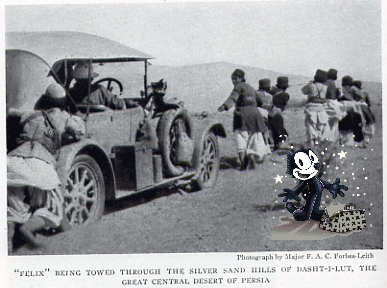
In 1924 Major F. A. C. Forbes-Leith decided to drive a “motor-car” from London to India, a journey that took almost half a year to traverse ten countries. Overall, a total of 8,527 miles were covered, with 3,000 of them devoid of road or track and 1,500 over desert, not to mention detouring around 150 broken bridges. This was three years before Lindy flew from Mitchell Field (next to the university I currently teach at) to France. The rationale for a ridiculously long auto adventure? That was simple: no one had done it before. As Major Forbes-Leith puts it, “Airplanes had already flown to India on several occasions, airships for a regular mail service were in the course of construction, even one of the submarines of the Royal Navy was on its way, but as yet no effort had been made to bridge the distance by mechanical transport.”
Attempting such an adventure at the time no doubt took a sense of humor. In this case the auto was labeled “Felix” after the cartoon character Felix the Cat. Continue reading Have Felix, will travel
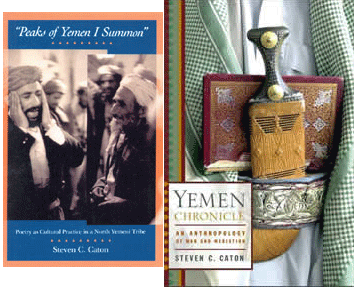
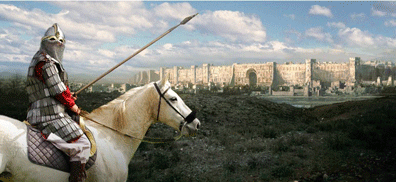
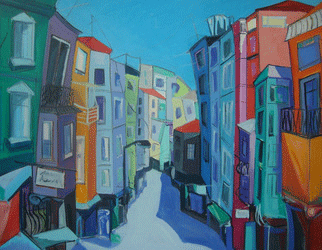
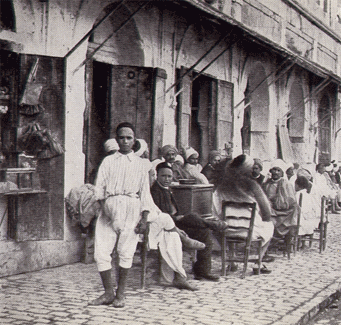
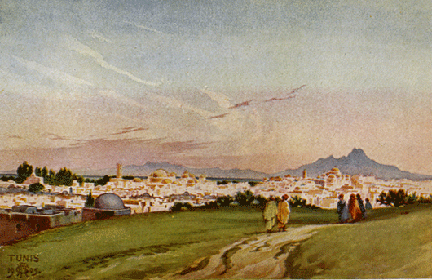
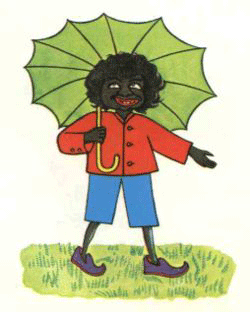 The infamous
The infamous 